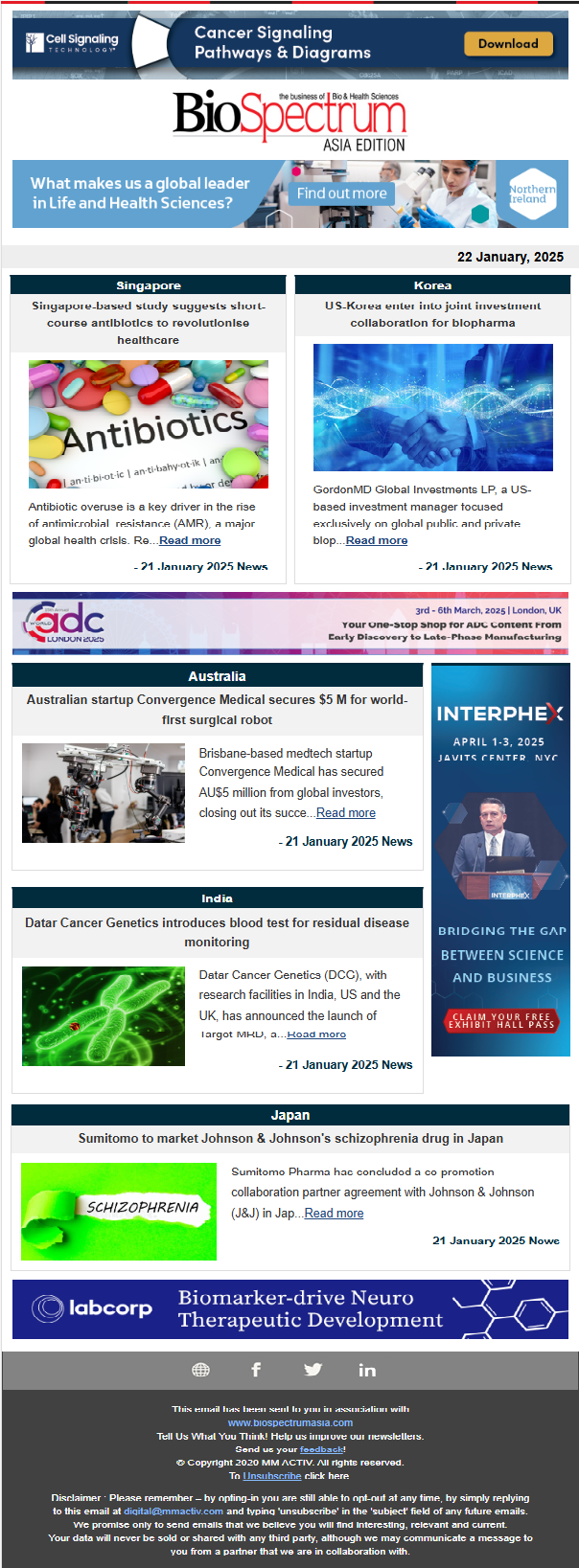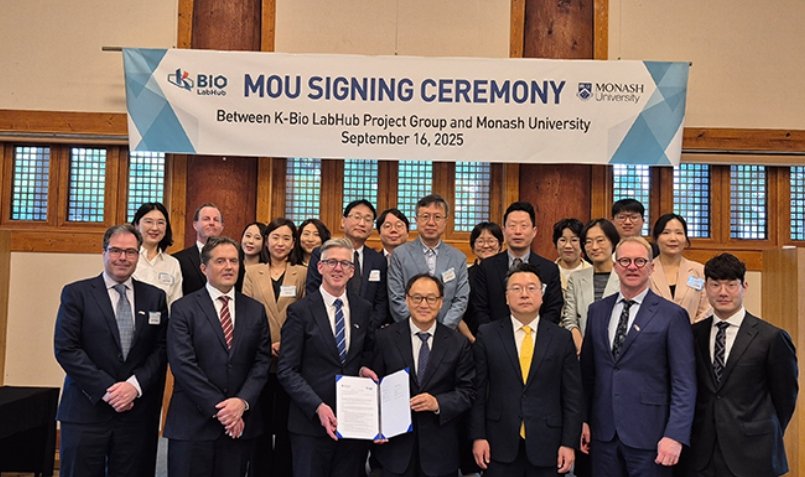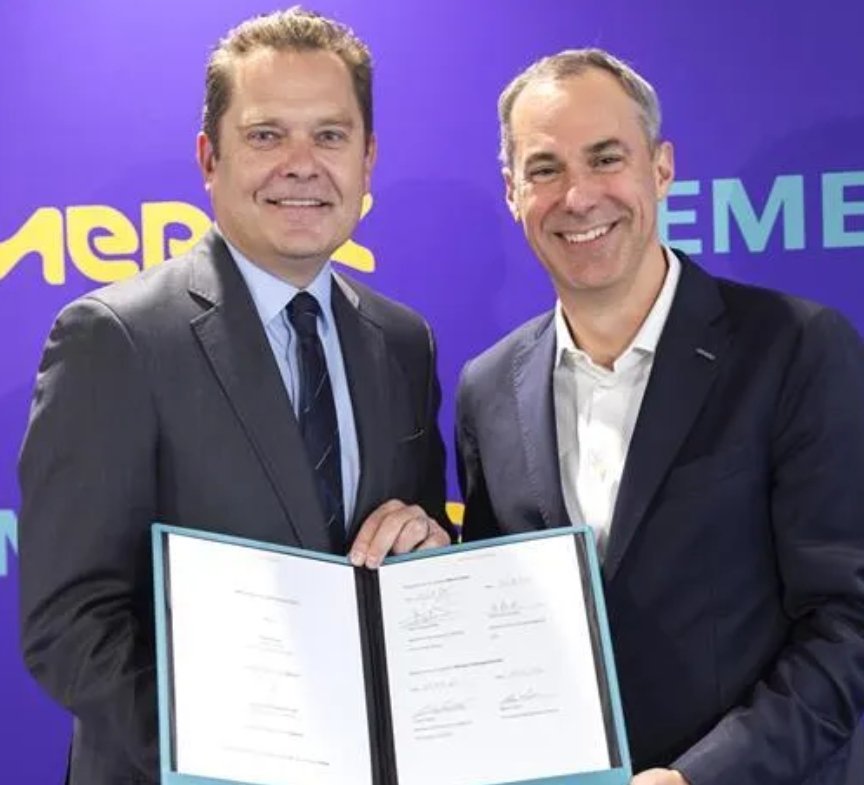
AstraZeneca delivered a strong performance in Q4 2024, with Total Revenue reaching $14.89 billion, marking a 24% year-over-year (YoY) increase. This growth was primarily driven by robust Product Sales, Alliance Revenue, and Collaboration Revenue.
Key Financial Metrics (USD in millions)
|
Metric |
Q4 2023 |
Q4 2024 |
YoY Change |
|---|---|---|---|
|
Total Revenue |
12,024 |
14,891 |
+24% |
|
Product Sales |
11,323 |
13,362 |
+18% |
|
Gross Profit |
9,716 |
12,166 |
+25% |
|
R&D Expenses |
(3,073) |
(4,677) |
+52% |
|
SG&A Expenses |
(5,371) |
(5,410) |
+1% |
|
Operating Profit |
1,234 |
2,036 |
+65% |
|
Reported EPS |
$0.62 |
$0.97 |
+56% |
|
Core EPS |
$1.45 |
$2.09 |
+44% |
Revenue by Therapy Area
|
Therapy Area |
Revenue (Q4 2024) |
YoY Growth |
|---|---|---|
|
Oncology |
$6.34 billion |
+27% |
|
CVRM (Cardiovascular, Renal, Metabolic) |
$3.14 billion |
+16% |
|
Respiratory & Immunology |
$2.13 billion |
+27% |
|
Vaccines & Immune Therapies |
$651 million |
+58% |
|
Rare Diseases |
$2.38 billion |
+21% |
AstraZeneca’s Q4 2024 revenue by therapy area demonstrated strong growth across all key segments, reflecting the company’s continued innovation and market expansion. Oncology remained the largest revenue contributor, generating $6.34 billion, marking a 27% year-over-year (YoY) increase. This growth was fueled by increased adoption of leading cancer treatments, including Tagrisso, Calquence, Enhertu, and Lynparza, which gained traction in new indications and expanded patient populations.
The Cardiovascular, Renal, and Metabolic (CVRM) segment also saw significant growth, reaching $3.14 billion, a 16% YoY increase. This growth was primarily driven by Farxiga, a blockbuster treatment for heart failure and chronic kidney disease, which saw continued market expansion and wider adoption in new patient groups. Additionally, Lokelma, used for hyperkalemia management, recorded a robust 35% increase in sales.
The Respiratory & Immunology division posted $2.13 billion in revenue, experiencing 27% growth YoY. This was largely due to Tezspire, an innovative biologic for severe asthma, which saw an 86% increase in sales, as well as Breztri, a COPD treatment that expanded its market share globally with a 29% increase in revenue.
The Vaccines & Immune Therapies segment stood out with the highest growth rate, surging 58% YoY to $651 million. The dramatic increase was driven by Beyfortus, AstraZeneca’s RSV antibody, which saw more than triple the revenue YoY, reflecting strong adoption for infant use. Additionally, FluMist, the company’s intranasal influenza vaccine, recorded 14% growth, benefiting from strong seasonal demand.
Lastly, Rare Diseases revenue reached $2.38 billion, marking a 21% YoY increase. This growth was largely attributed to Ultomiris, which saw a 32% increase in sales as more patients transitioned from Soliris. Additionally, Koselugo, a treatment for neurofibromatosis type 1, saw over 3x revenue growth, reinforcing AstraZeneca’s expanding presence in the rare disease market.
Business Developments & Key Approvals
AstraZeneca's Q4 2024 business developments and key approvals showcased strong performance across multiple therapeutic areas, with significant revenue growth in oncology, cardiovascular, respiratory, vaccines, and rare diseases. The company continued to strengthen its market presence through new indications, expanded patient adoption, and regulatory approvals.
In oncology, AstraZeneca maintained its leadership with Tagrisso, which saw sales increase 20% YoY to $1.70 billion, driven by strong adoption in EGFR-mutated non-small cell lung cancer (NSCLC). Calquence, used in hematologic malignancies, also delivered 20% revenue growth, benefiting from new approvals in lymphoma. Enhertu, an antibody-drug conjugate co-developed with Daiichi Sankyo, experienced a remarkable 48% YoY increase, reflecting rapid market uptake and expanded use in HER2-expressing cancers. Similarly, Lynparza, a PARP inhibitor used in breast and prostate cancer, posted an impressive 46% revenue surge, following regulatory approvals for expanded indications in these tumor types.
The Cardiovascular, Renal, and Metabolic (CVRM) segment continued to be a major revenue driver, with Farxiga delivering 21% YoY growth, fueled by increasing use in heart failure and chronic kidney disease treatment. Lokelma, a hyperkalemia therapy, showed even stronger performance, growing 35%, reflecting increased physician adoption and market penetration.
In respiratory and immunology, Tezspire, an innovative biologic for severe asthma, achieved exceptional 86% revenue growth, driven by strong market uptake and broader prescribing trends. Breztri, a COPD treatment, also delivered 29% YoY growth, reflecting expanded global market share and growing demand in key regions.
The vaccines and immune therapies segment stood out with Beyfortus, AstraZeneca’s RSV antibody, which saw revenue more than triple YoY, reflecting widespread adoption in pediatric RSV prevention programs. FluMist, the company’s intranasal flu vaccine, reported 14% growth, benefiting from strong seasonal demand and expanded distribution.
In the rare diseases segment, AstraZeneca saw sustained momentum, with Ultomiris revenue increasing 32% as more patients transitioned from Soliris, its predecessor. Koselugo, a treatment for neurofibromatosis type 1, posted an exceptional 3x revenue growth, reflecting increased diagnosis rates and wider market penetration.
Guidance for FY 2025
AstraZeneca has provided strong financial guidance for FY 2025, projecting continued revenue and earnings growth driven by expanding market share, new product launches, and strategic investments in manufacturing and digital transformation. The company anticipates total revenue to increase by a high single-digit percentage, reflecting sustained demand across its key therapy areas, particularly in oncology, cardiovascular, respiratory, and rare diseases. This growth outlook is further supported by new regulatory approvals, geographic expansion, and continued success in its pipeline development.
In terms of profitability, Core EPS (Earnings Per Share) is expected to grow by a low double-digit percentage, highlighting AstraZeneca’s ability to drive efficiency, improve margins, and scale its operations while managing rising research and development (R&D) and operational expenses. The company remains committed to balancing investment in innovation with shareholder returns, ensuring that long-term growth is sustainable.
A key component of AstraZeneca’s 2025 growth strategy is a 50% increase in capital expenditure (CapEx), focused on expanding manufacturing capabilities and accelerating digital transformation. This investment aims to enhance production capacity for high-demand therapies, support pipeline development, and integrate advanced digital technologies to improve efficiency and innovation. By scaling its manufacturing infrastructure, the company seeks to secure supply chains, reduce bottlenecks, and strengthen its position in critical therapeutic areas.
Additionally, AstraZeneca announced a dividend increase to $3.20 per share, reflecting management’s confidence in the company’s long-term earnings potential and commitment to returning value to shareholders. This dividend growth signals strong cash flow generation and a disciplined capital allocation strategy, reinforcing AstraZeneca’s reputation as a financially resilient and growth-oriented pharmaceutical leader.
Overall, AstraZeneca’s 2025 guidance reflects a strategic balance of revenue expansion, profitability growth, and reinvestment in core operations, ensuring that the company remains well-positioned to sustain long-term market leadership and deliver value to both patients and investors.




